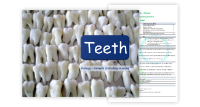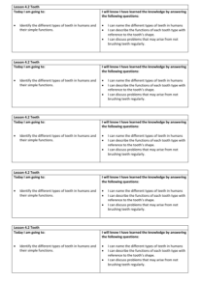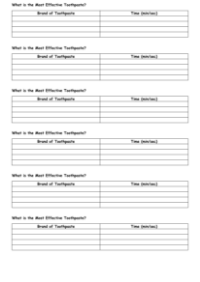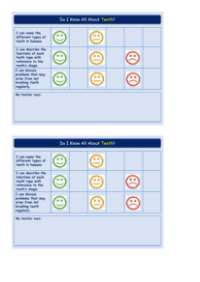Teeth - Human and Animal Teeth
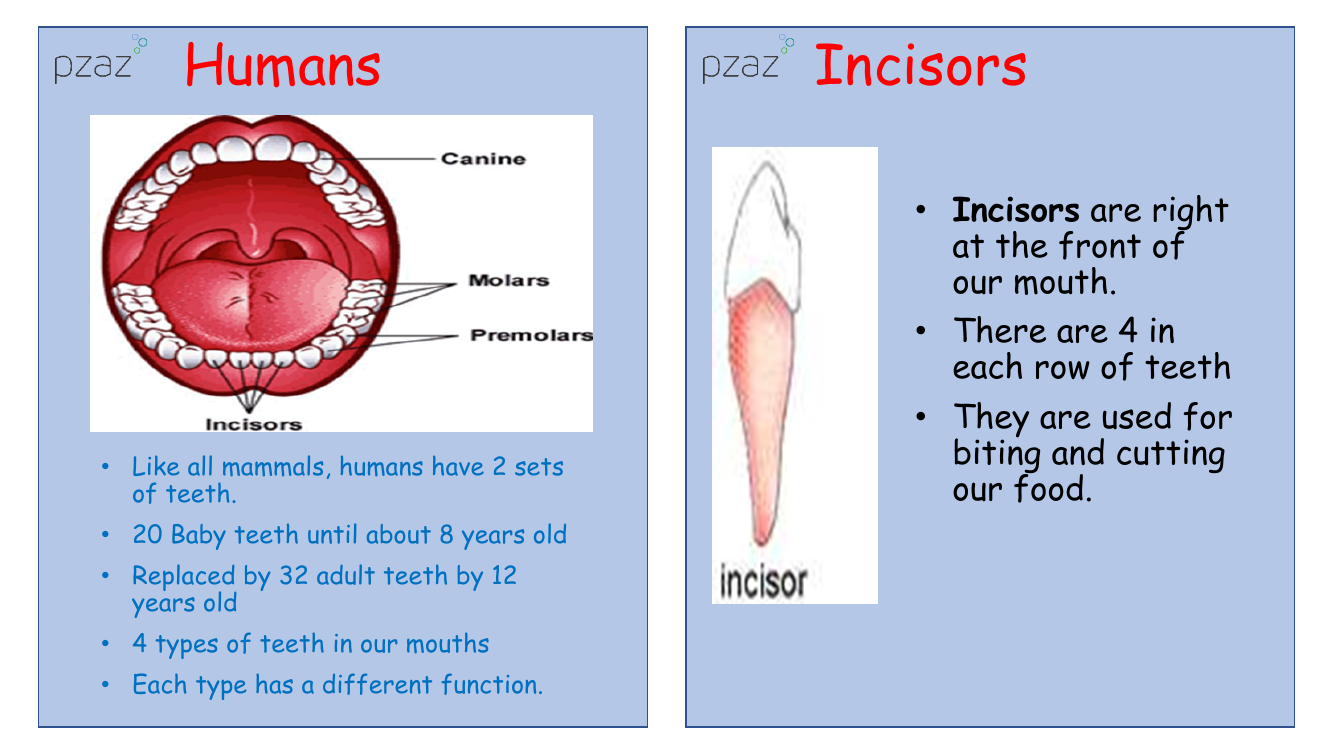
Science Resource Description
Humans, like all mammals, have two sets of teeth throughout their lives. Initially, children have 20 baby teeth, which by the age of about 8 start to be replaced by a full set of 32 adult teeth by the time they are around 12 years old. There are four distinct types of teeth, each designed for a specific role in processing food. Incisors are located at the front of the mouth, with four in each row. These teeth are primarily used for biting and cutting into food. Adjacent to the incisors are the canines, two in each row, which are pointed and adept at piercing and tearing food. Further back are the premolars, with four in each row, which are utilised for grinding and crushing softer food substances.
At the end of the row, next to the premolars, are the molars. Each row contains four molars, robust and designed for grinding and crushing harder food items. Additionally, the third molars, commonly known as 'Wisdom Teeth', emerge later in life and there are two in each row. These also contribute to the grinding and crushing of food. In the animal kingdom, different species have teeth adapted to their diets. Carnivores, such as wolves and lions, possess long canines to pierce meat, and sharp molars to tear it apart. Herbivores like cows and goats have flat grinding teeth suitable for the soft plant matter they consume. Some herbivores, such as beavers and hamsters, do have incisors which they use to gnaw at hard plant materials like wood and roots, showcasing the diversity in dental adaptations among animals.

